MATCAxC4 JOURNAL: Conversations Around Photography, Vietnam & UK
A series of articles discussing various aspects of image-making. Supported by British Council Vietnam’s Digital Arts Showcasing grant 2021.
????✍️??

The important thing for the remembering author is not what he experienced, but the weaving of his memory1.
– Walter Benjamin

365 days is an interdisciplinary art project by artist duo and twin siblings Le Ngoc Thanh and Le Duc Hai, who currently reside in Vietnam’s central Hue City and collaborate under the joint alias Le Brothers. Fleshed out in roughly a year’s time from February 14, 2014, to February 13, 2015, the work consists of a series of digital photographs capturing real-time improv performances. It has been presented in various formats including installations, performances, videos, print publications, as well as a photo album on the artists’ personal Facebook account.
The idea for 365 days first occurred to Le Brothers on Valentine’s Day of 2014. Seeing a flush of vividly-colored bouquets in front of local flower shops, they were inspired to realize an idea that had long been in the back of their mind. For Thanh and Hai, choosing February 14 as the inception date was not a deliberate move – they rather see it as a casual, ambiguous starting point for the uninterrupted journey ahead.
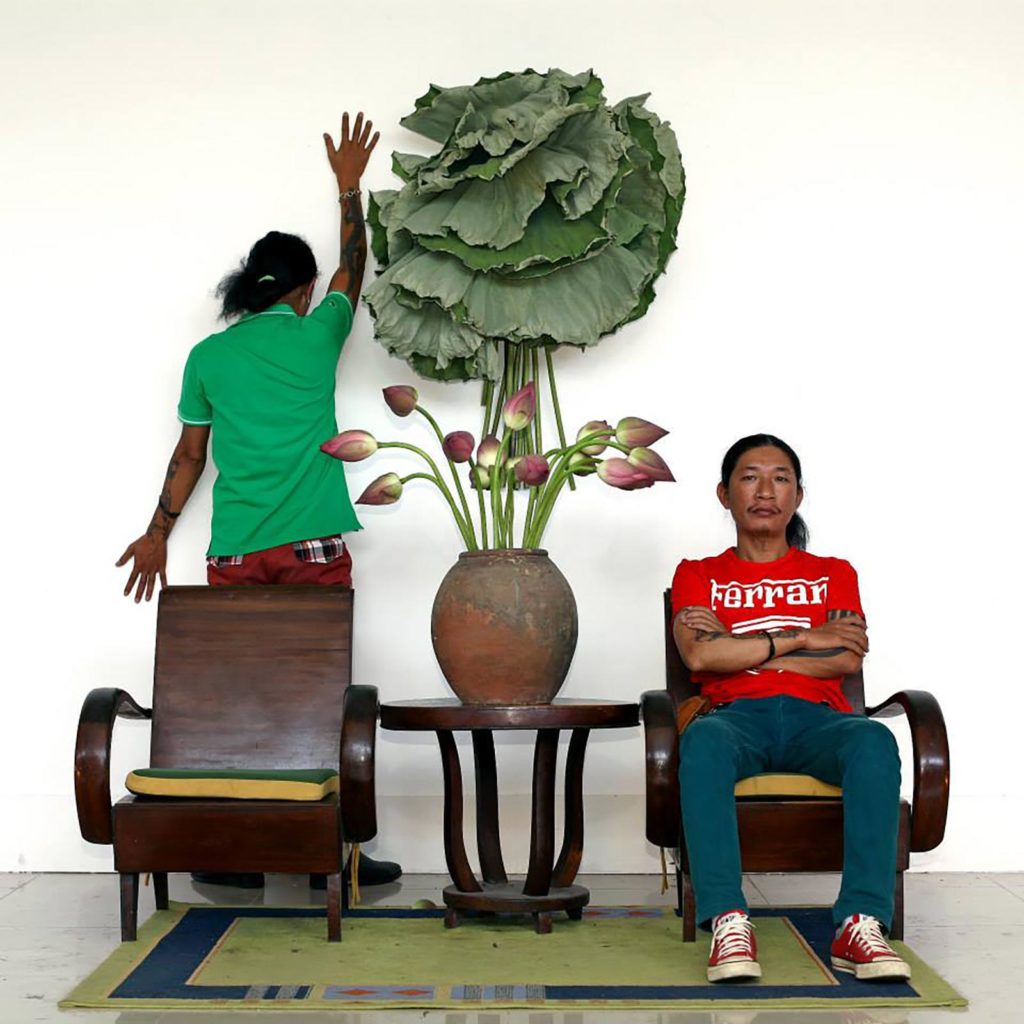
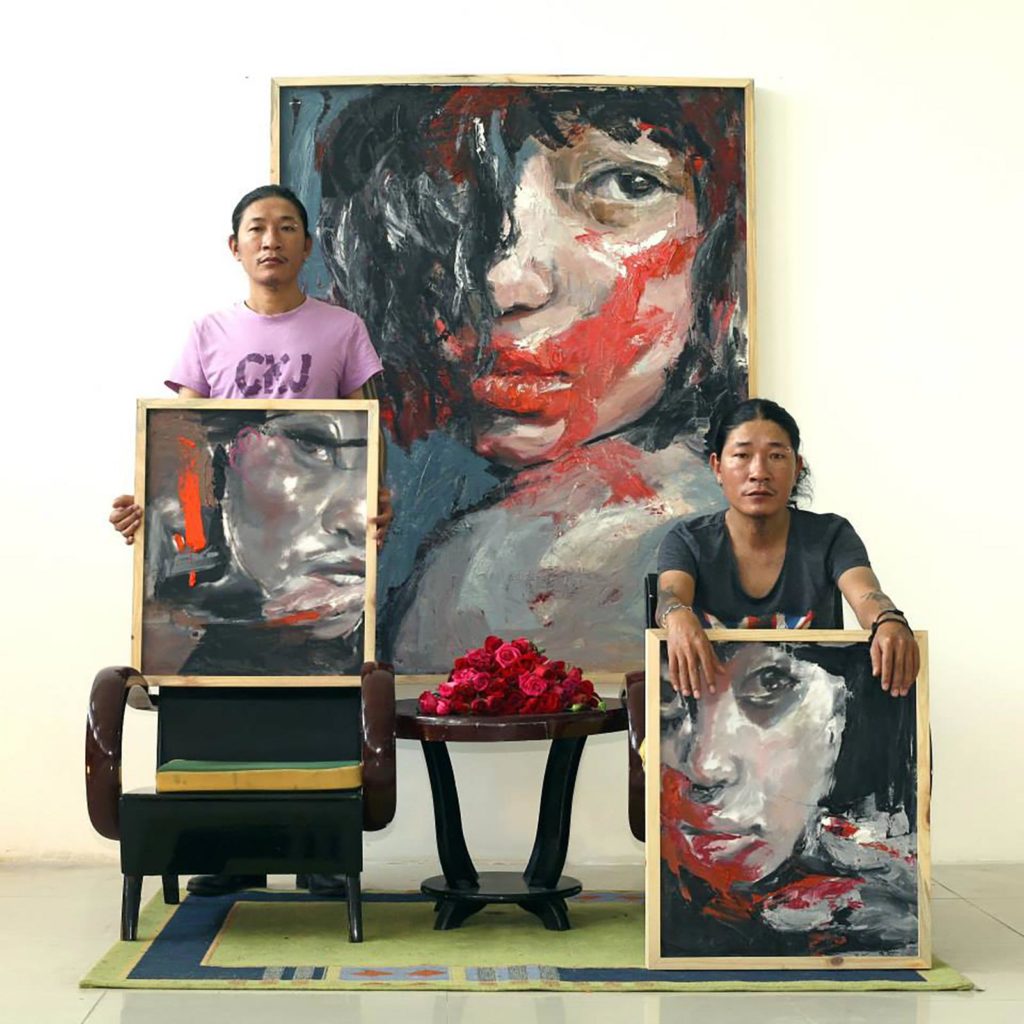

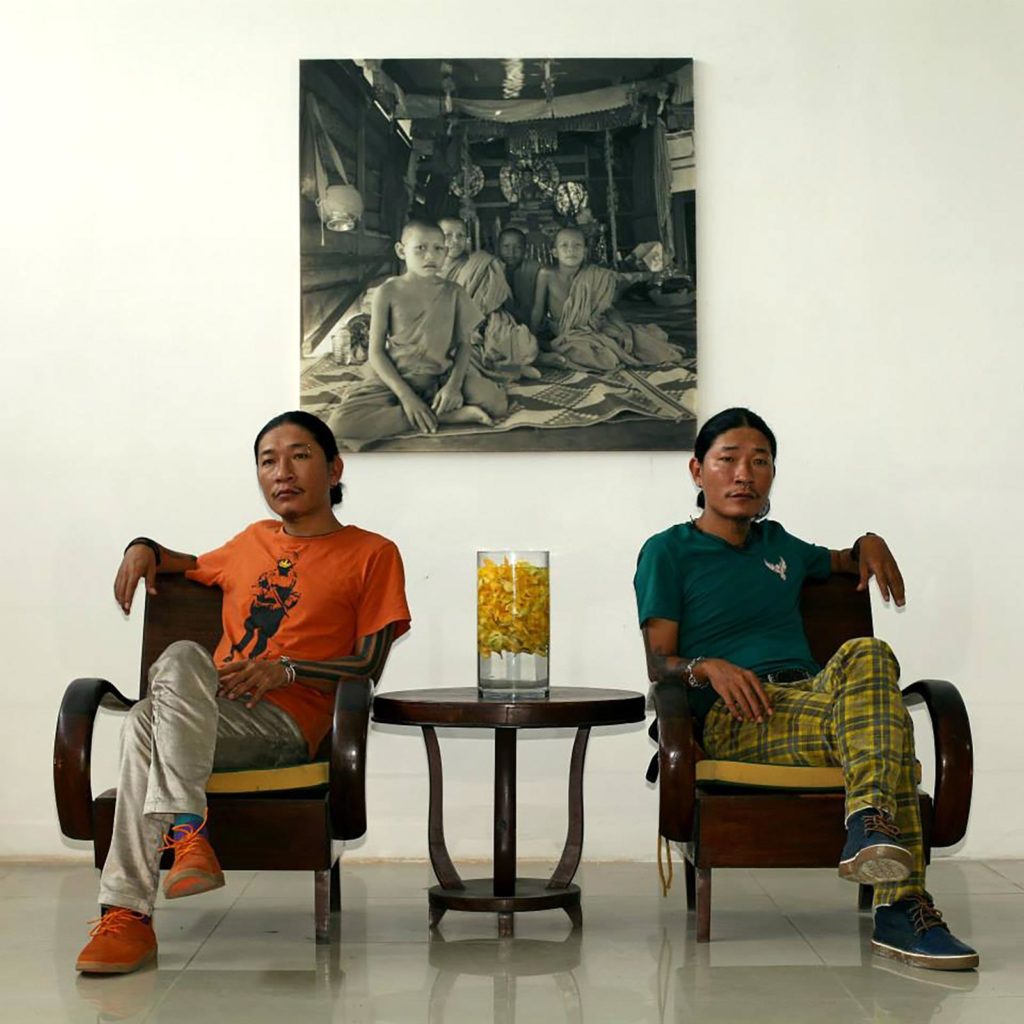
During the year-long creative process, the artists started off each day with a new photoshoot.
At their home studio, they conceived the set design and costumes, then got in the frame and snapped the pictures with a remote control if no colleagues were around to help out. They both became part of the compositions, sitting or standing in familiar, performative poses. Their outfits of the day are mostly non-matching ones except for the occasional red-and-yellow uniforms resembling the Vietnamese flag. This routine was upheld for 365 days straight. During short trips to Hanoi and Ho Chi Minh City or abroad in Taiwan or the United States, the duo put together impromptu snapshots that make use of local landscapes and their underlying historical, political and cultural contexts. Similarly, the styling and posing is sometimes intentional, sometimes a spur-of-the-moment decision.
What stands out in their practice is the method of communication peculiar to the identical twins. The duo rarely discuss the shoots in advance as they assemble indoor sets or choose outdoor settings. The same goes for apparel and poses: the gestures are decided on the spot, mirroring each other and interacting with the location, but not directed nor relying on non-verbal cues, demonstrating a linked, almost telepathic intuition. The “two-brothers-in-one” composition shows up in some 350 photos out of 365. In a handful of solo shots, the absence of the other can be felt but strangely does not seem too off-putting. Has the twin motif been imprinted onto our visual memory so that we automatically fill in the blank spaces of our perception?
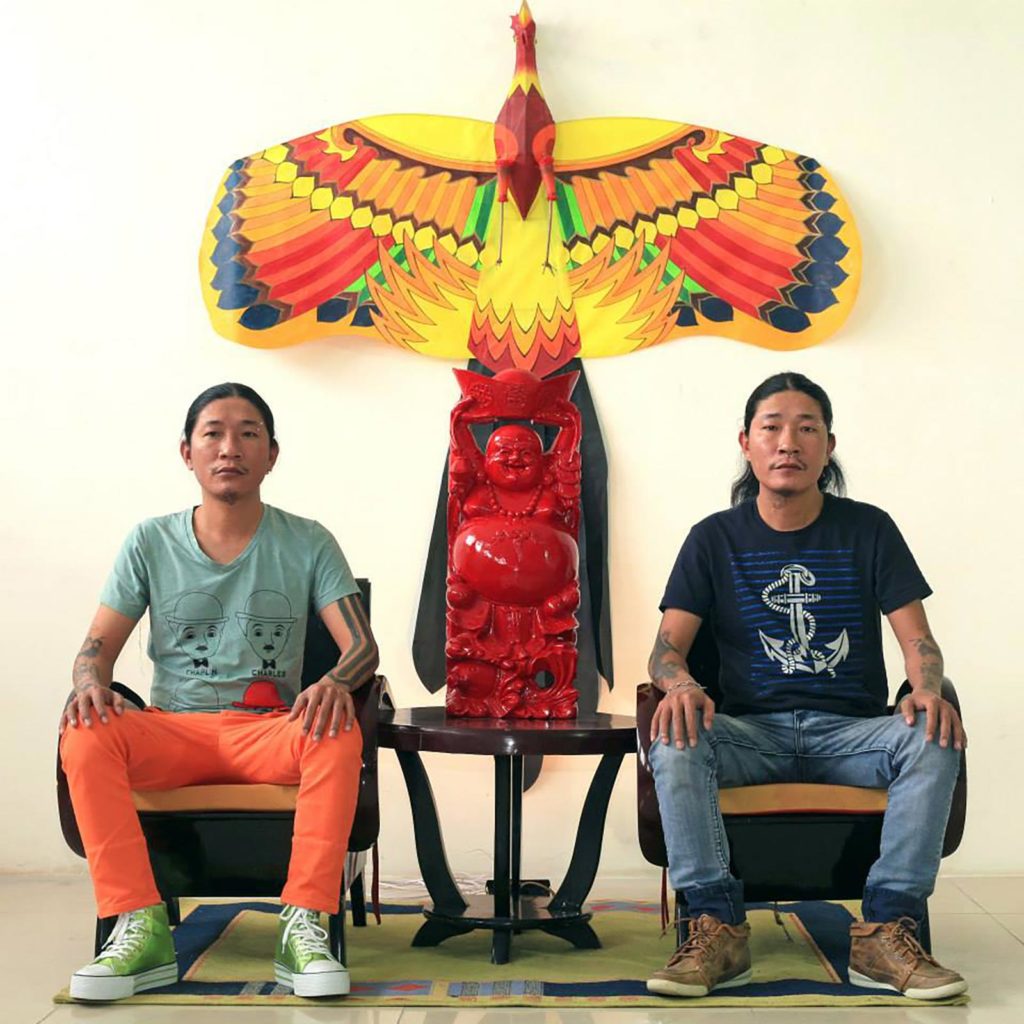
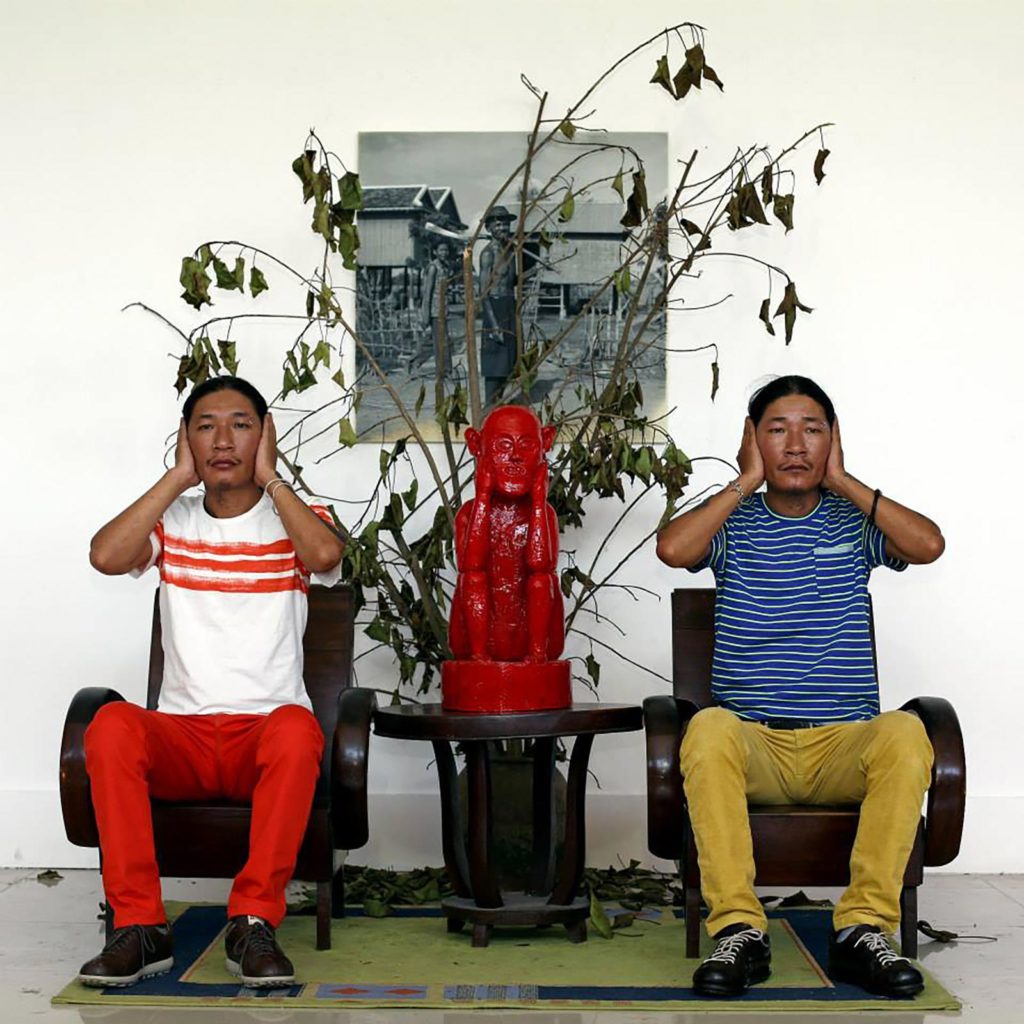
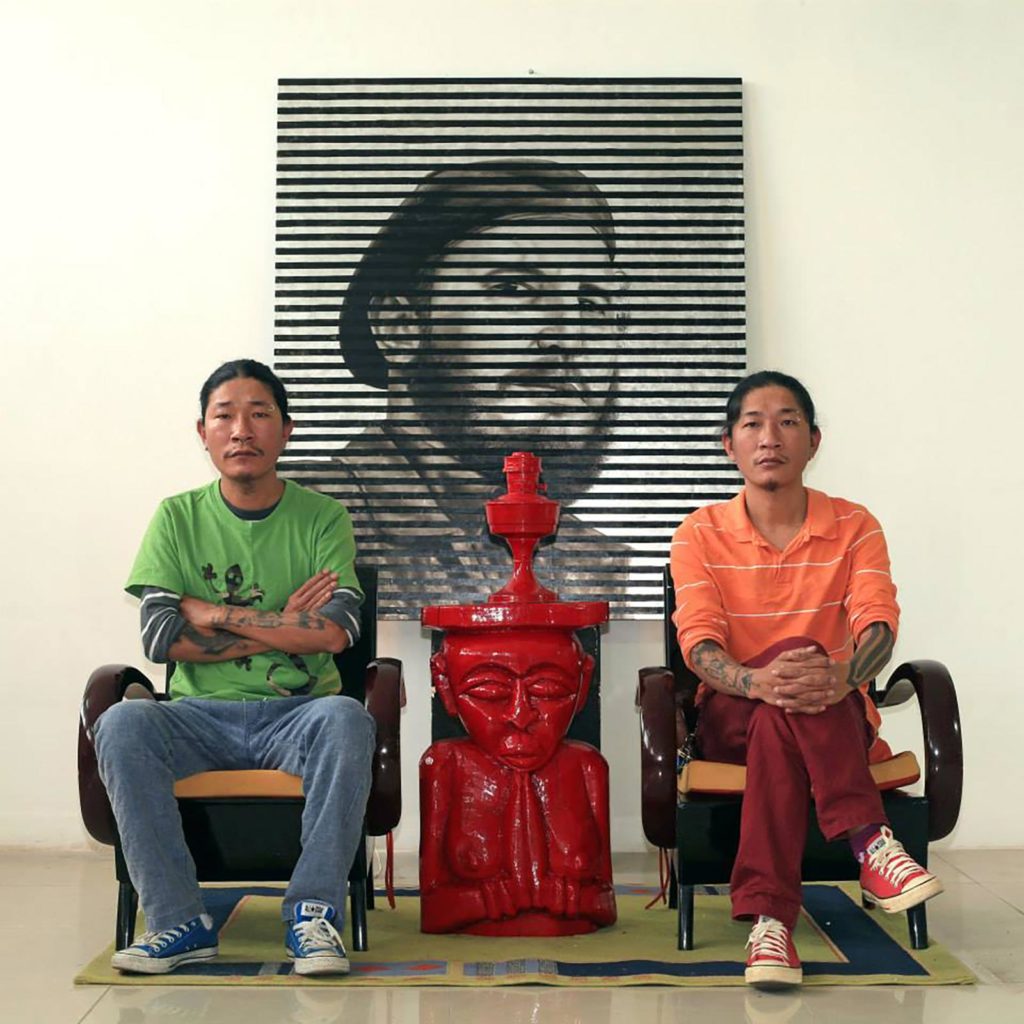
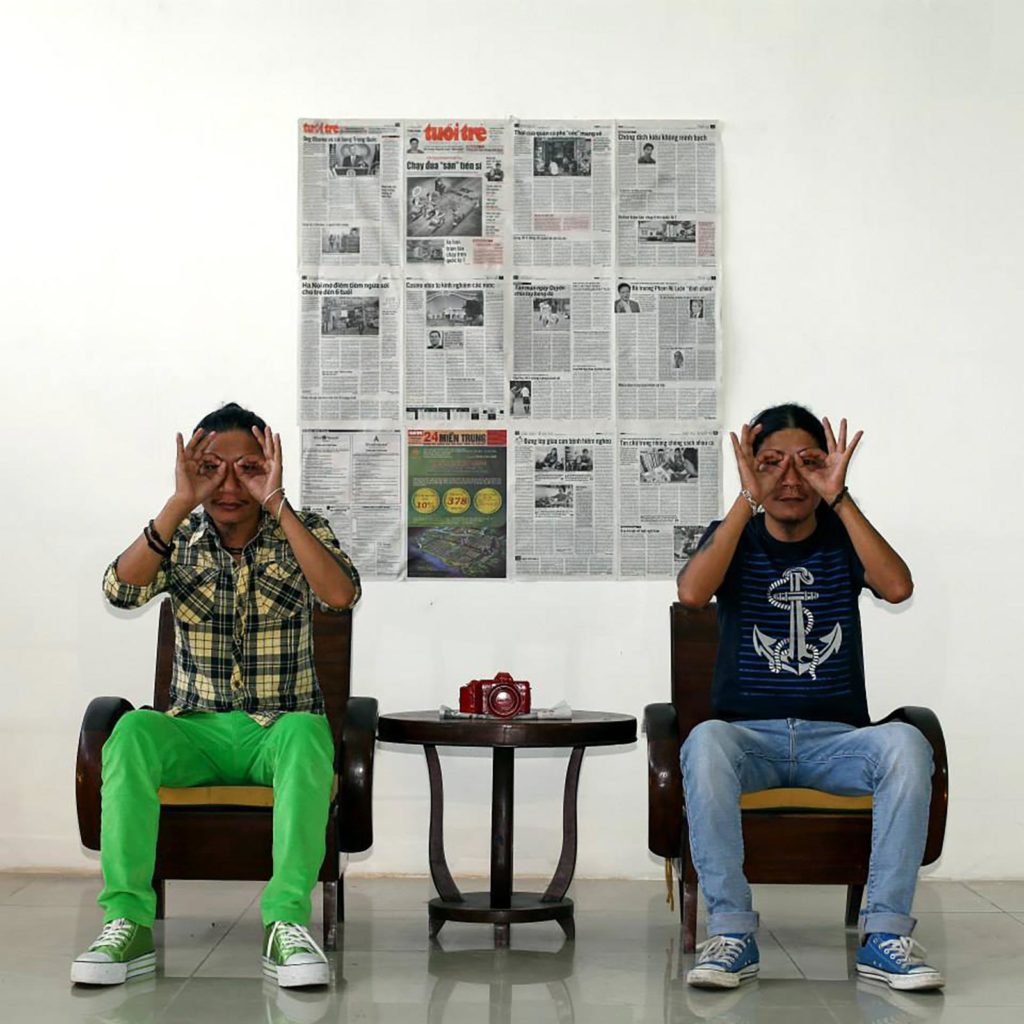
Though seemingly unintended, the employment of digital photography and an online platform for daily publishing Though seemingly unintended, the employment of digital photography and an online platform for daily publishing adds another layer to the work. As 365 days is available in its entirety on Facebook, the audiences could enter the laid-back virtual space, view the photos as a journey or a diary, and leave at any point as they please. Like a permanent exhibition, the photo album offers new interpretations for both the audiences and artists as they revisit the work in different time frames and from different vantage points. Every time it is seen, the project is made to progress on its own temporal terms. From the very beginning, this journey can no longer decide when it ends2.
This begs the question: If photography is known for its ability to precisely record existing scenes in their typical moments, could this photographic work be viewed as an autonomous, stand-alone piece? It is tricky to answer, as 365 days seems like a stream of states and concepts where digital photography as a tool is reduced to its basic feature of transmitting visual information. Each moment is selected out of a dozen images in a shoot, but it is no longer the “decisive moment” when a photograph materializes. The performance imagery already had its fate determined since its infant stage. The instants have been programmed, frozen, and repeated day in, day out.
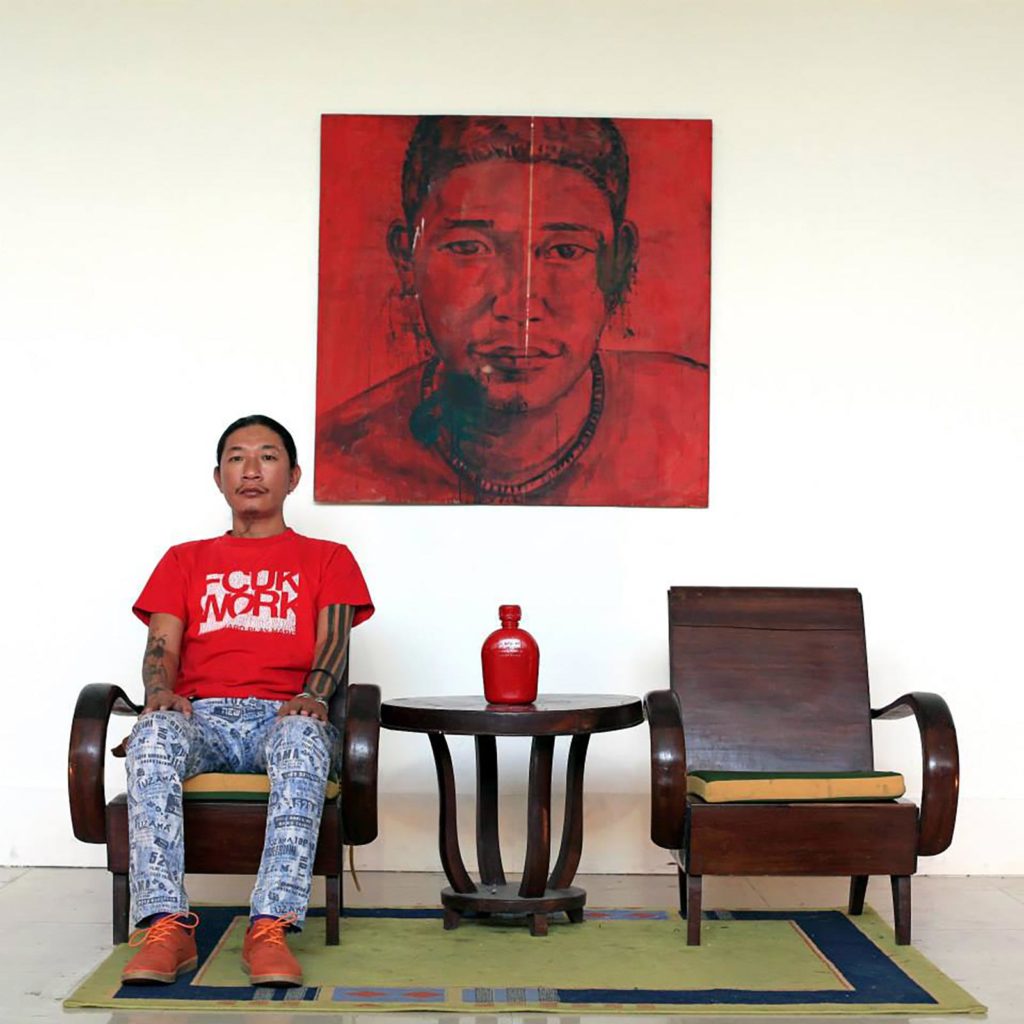

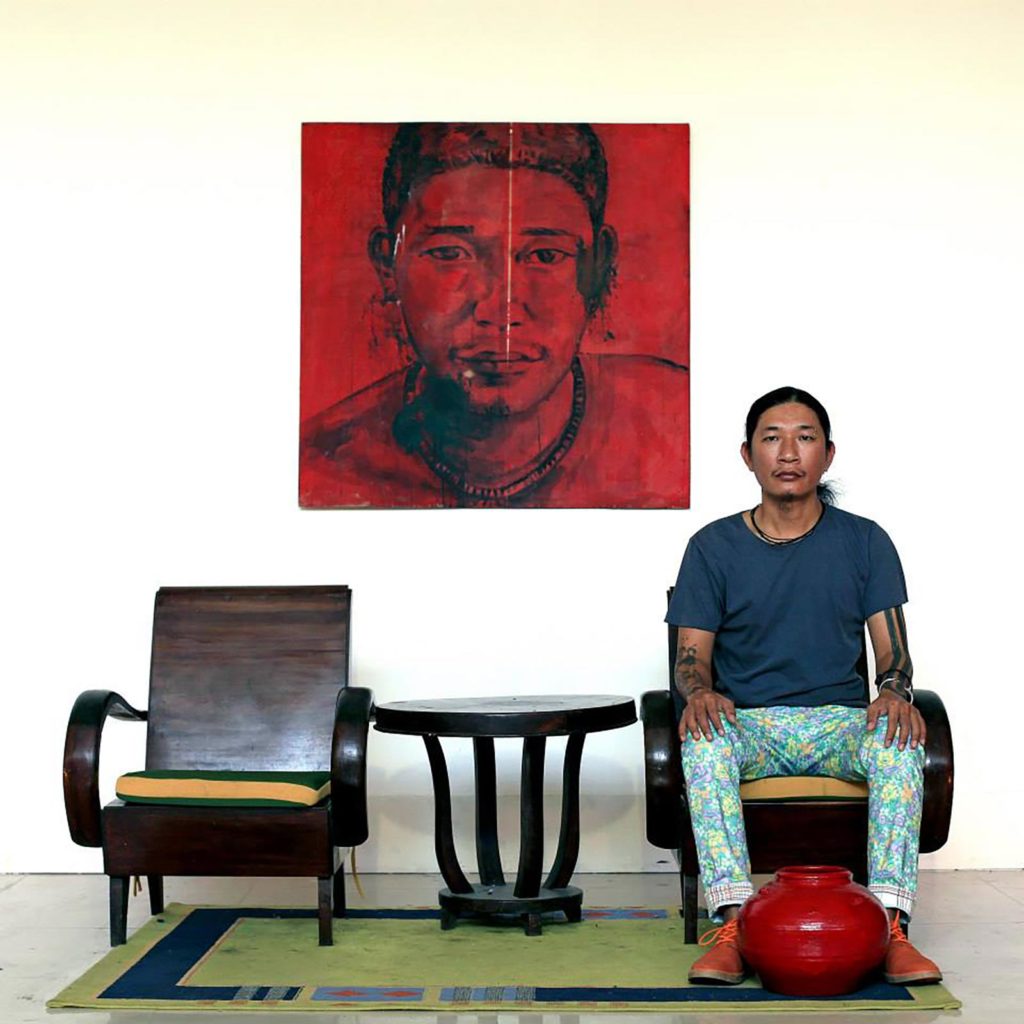
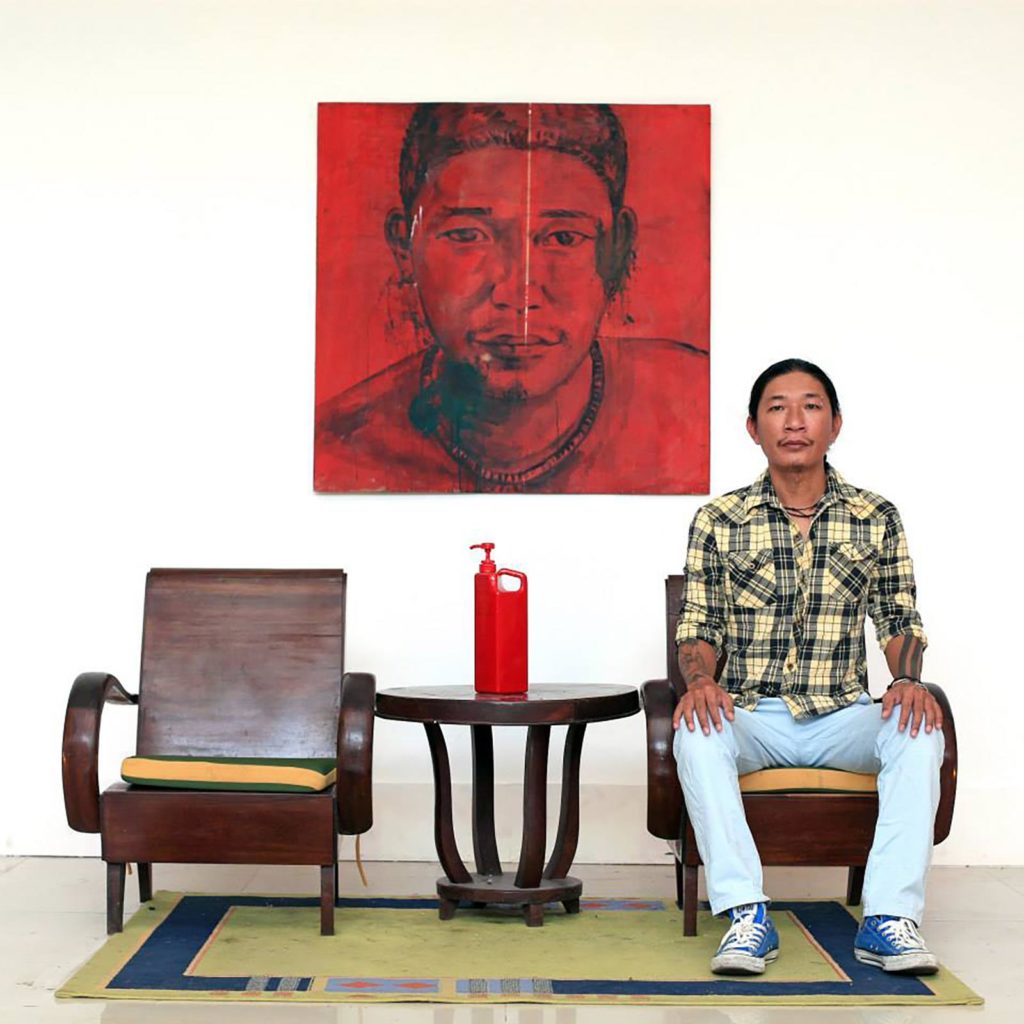
Time, the main foundation of the project, comes to the fore. The information encompassed in each photo is simultaneously iterated and fresh, stretching out into a stream of consciousness. Time blankets then washes off initial biases and expectations. The presence of photography as a theme in its own right fades away as we click through each photo and read the accompanying description: Day 24, Thank you parents, With ‘Red’ Project, On Hien Luong Bridge, Pose with the banana tree day 1, Pose with the banana tree day 2, Alone day 5, National Day, Anniversary of the [Vietnam People’s] Army, Thuong Hien’s Painting, Hello Hanoi. The gestures could be profane, composed, performative, habitual, or deliberately satirical and provocative, with facial expressions changing ever so slightly. Settings, objects, dispositions, and emotions vary while the characters remain unchanged. In time’s own stream of consciousness, the milieu grows faint. The artist’s identity also melts away, being redefined by the surroundings, props, calendars, notebooks – extracorporeal things. They examine the way humankind perceives time through the external landscape, seek reminders from foreign matter, and use our erratic memory to weave a tapestry of the past. 365 days is Le Brothers’ conversation with and exploration of time, disclosing while obscuring symbol-heavy narratives and reflections.

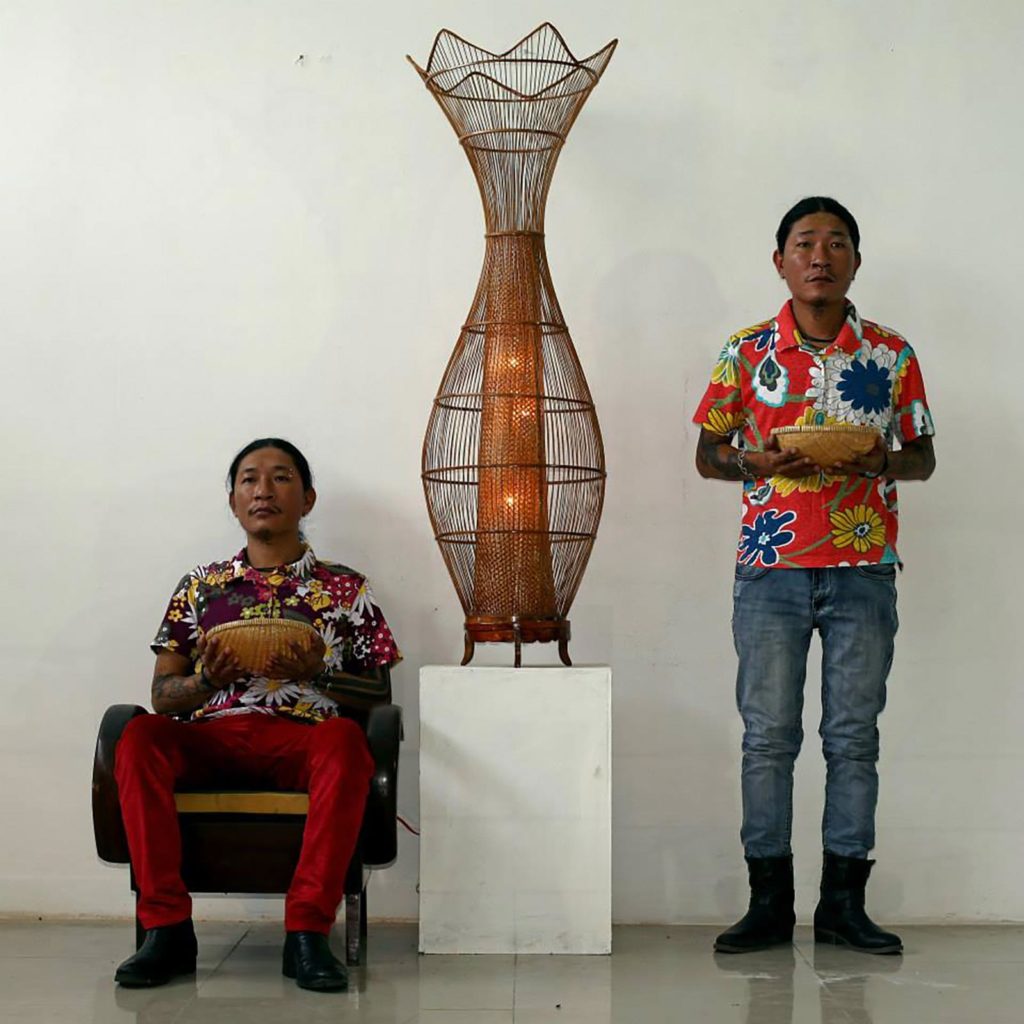
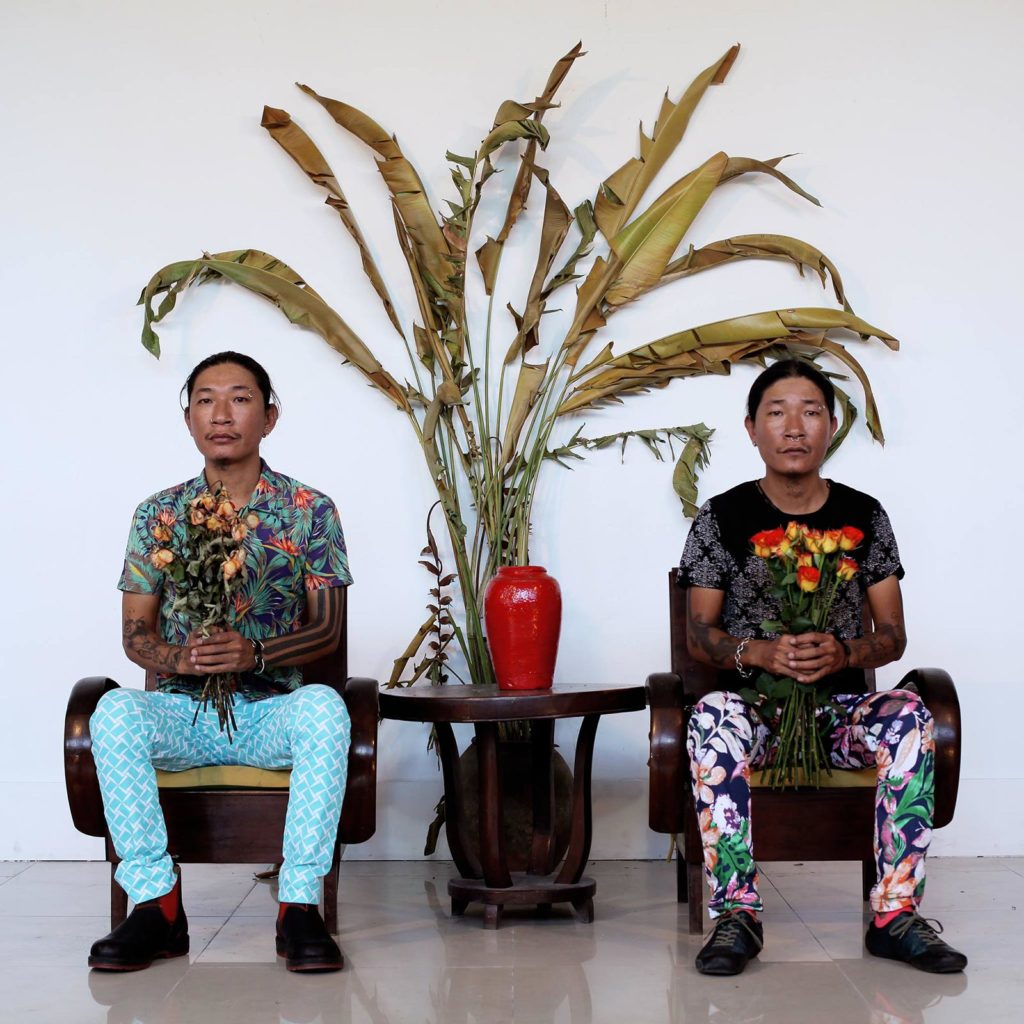
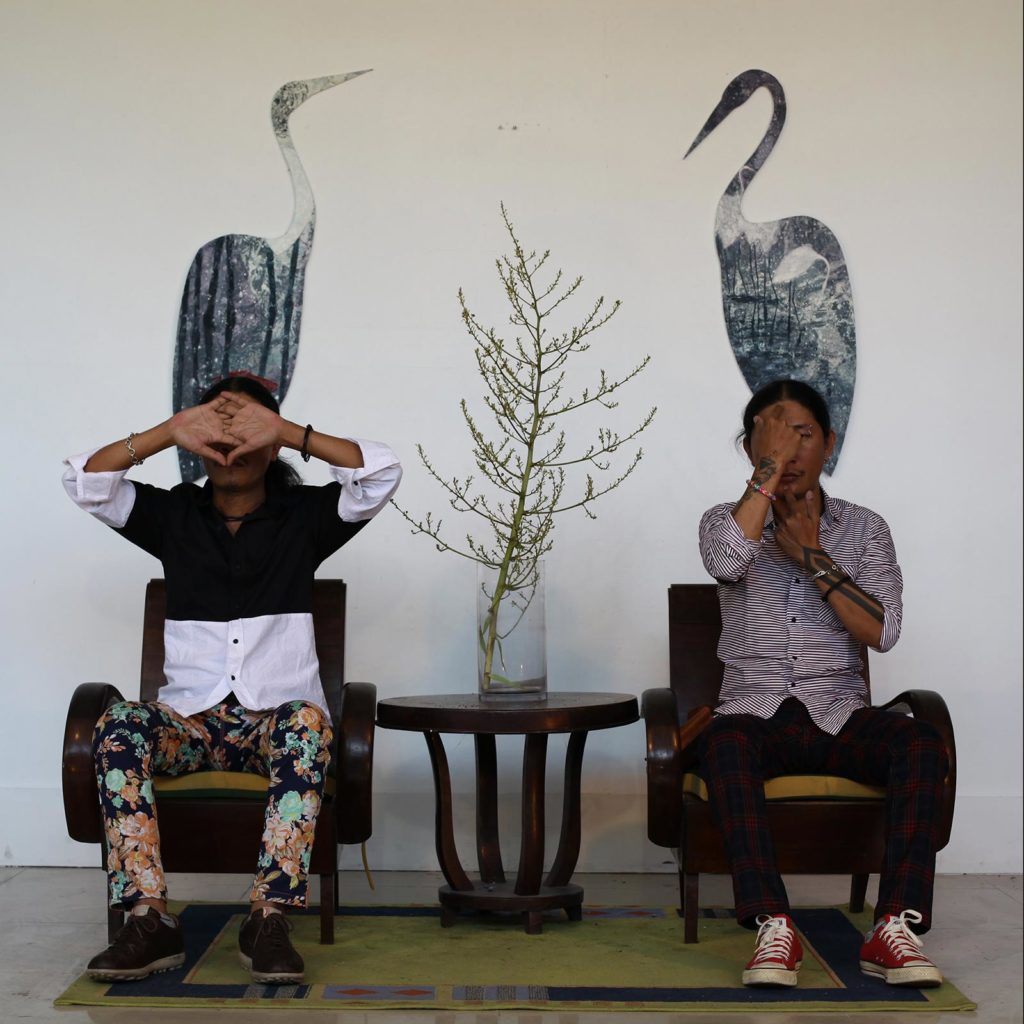
Photography, with its apparatus and visual presence, can be read as one-directional. As artists make photos while viewers encounter and process the messages encoded in them, conversations are isolated at each respective side. The photograph, distinguished by its physical state and reproducibility, serves as a vessel capable of conveying pure information, similar to how a mailman completes his duty once the package is handed to the recipient. With the ability to encapsulate the whole setup in a fleeting instant, each image parcels up gestures, objects and time, creating a replica of a point in time. It both possesses and lacks the thing-in-itself of the performance. It lives an independent life from the original work3.
At the end of the day, what do these pictures have in the foreground and background? What is exposed and hidden: people or symbolic items, or the performative actions laden with implications, or the austere setups, or all of the above? The subject matter, though in a certain sense can be pinpointed as time, remains elusive, much like how mankind discovered the natural world but has yet to get hold of its nature – in Heidegger’s words, “the source which the geographer establishes for a river is not the ‘springhead in the dale”4. What’s left are unending self-reflections on emotional landscape and time.
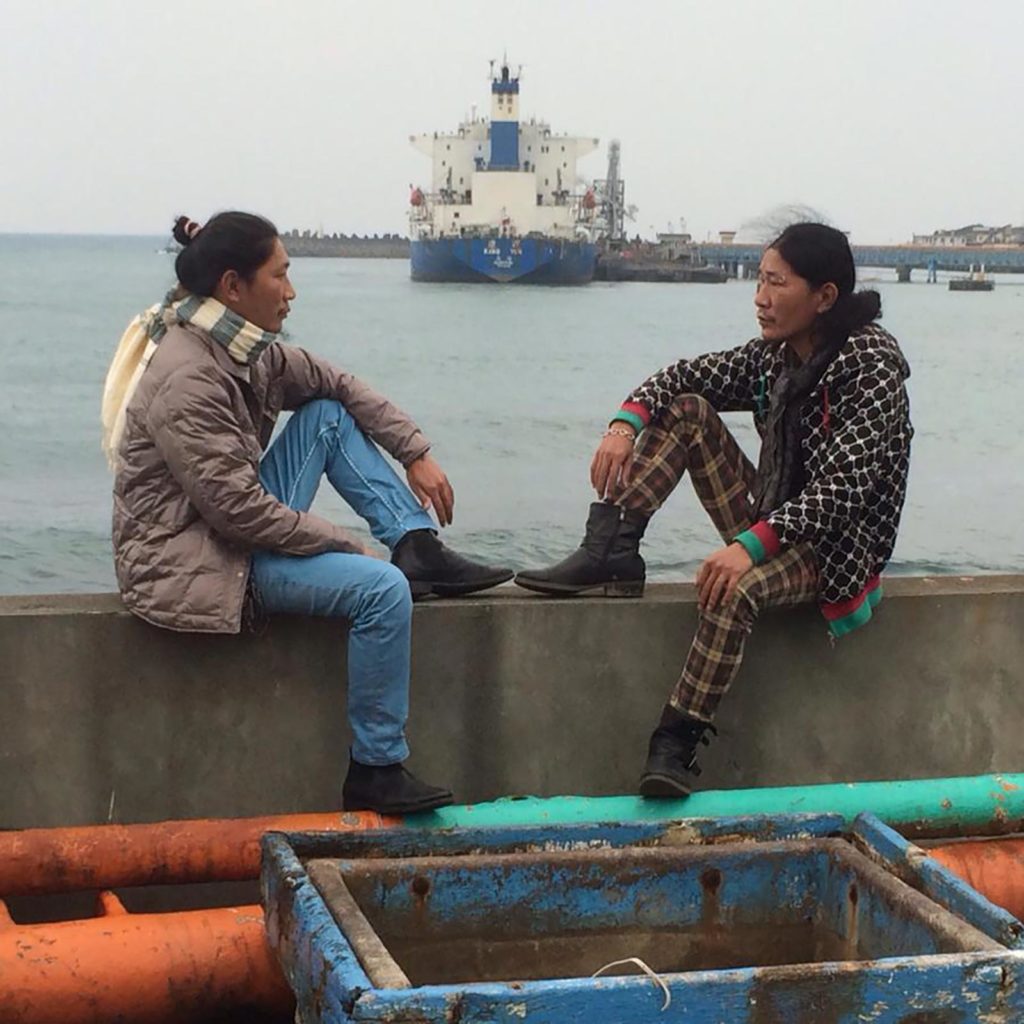
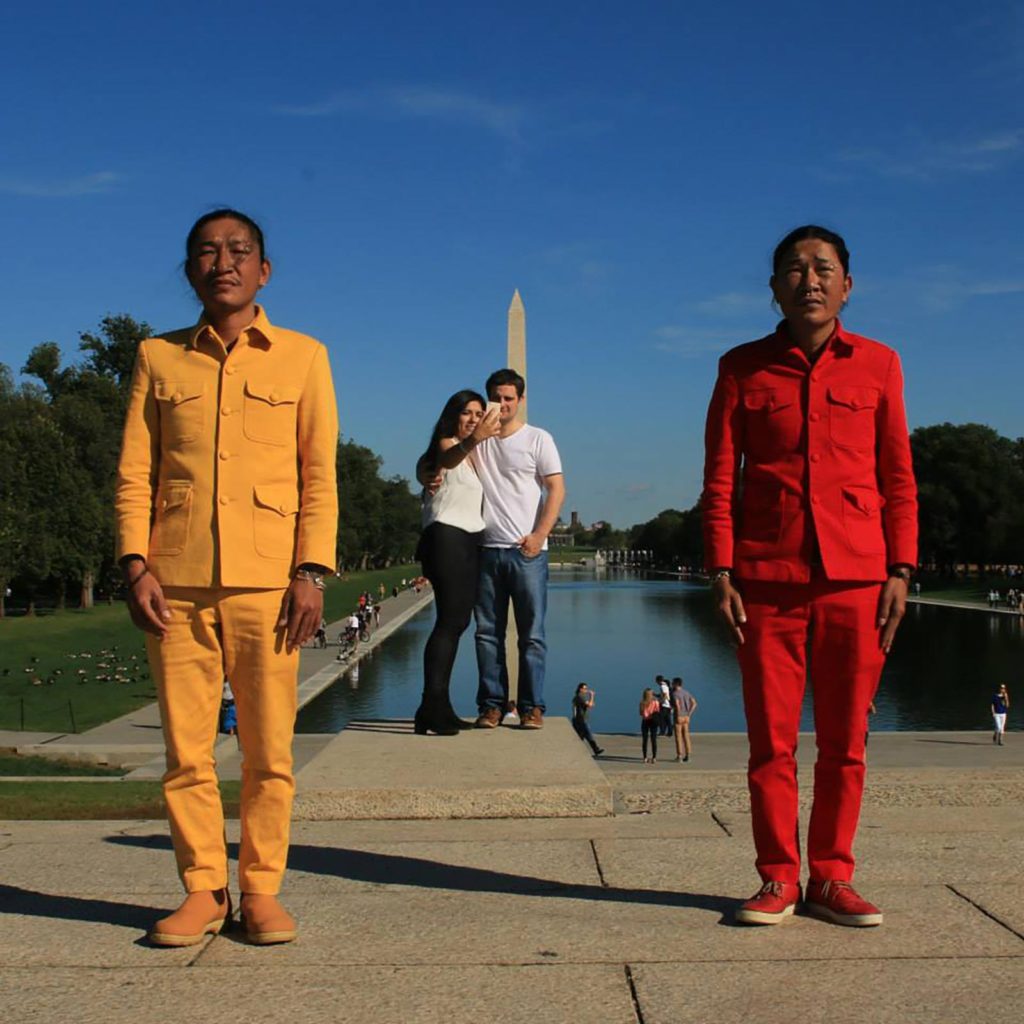
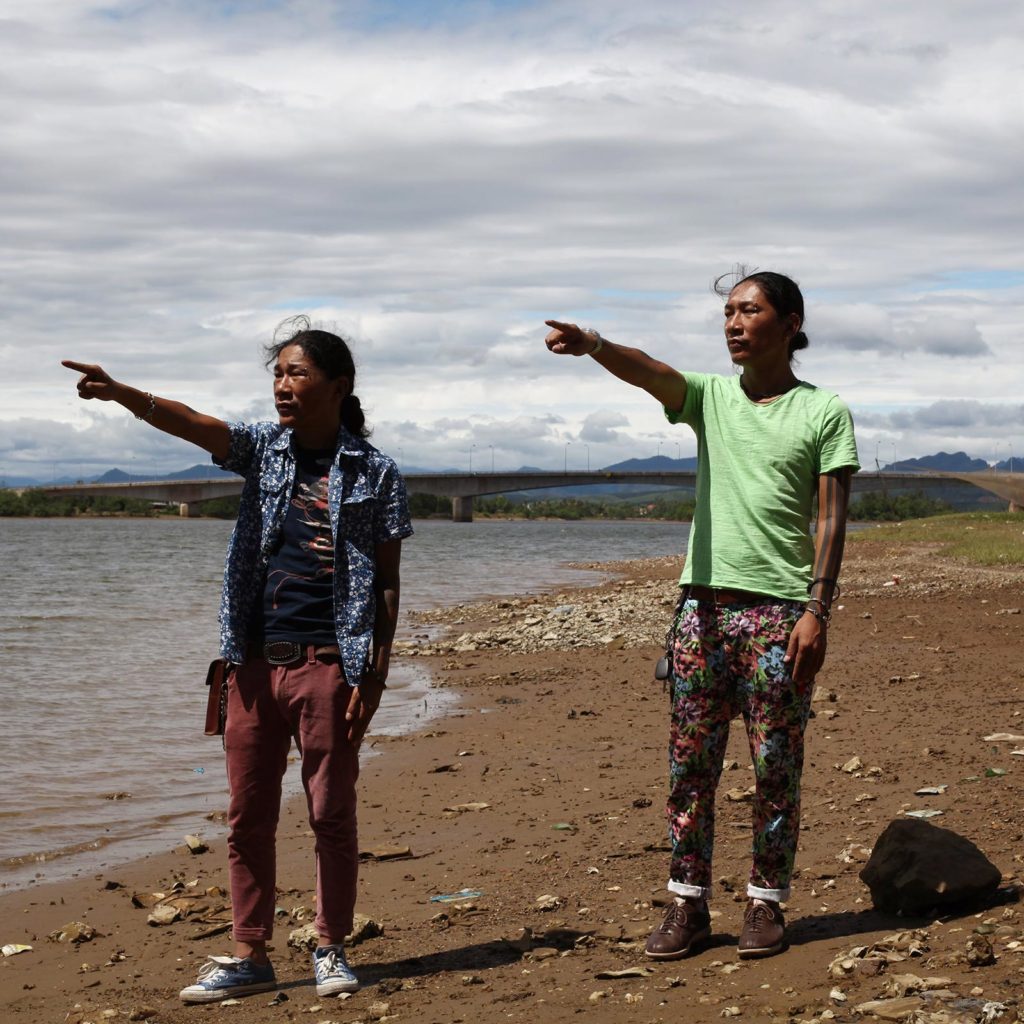

This meandering analysis is not meant to find out an ultimate or singular answer to 365 days. It is merely a proposal from the writer who was attempting to look at this series of image-based information in a different light by getting into an alternative cognitive state, as, to quote Walter Benjamin, “all human knowledge takes the form of interpretation.” Perhaps it is both linked and separate, being a textual interpretation that is alien to the work itself.
Le Ngoc Thanh and Le Duc Hai (Le Brothers) are twin brothers and an artist duo based in Hue, Vietnam. They have performed and exhibited their work in Vietnam and abroad, including Singapore Biennale 2013, “Secret Archipelago”- Singapour En France Le Festival at Palais de Tokyo, Paris 2015, and most recently “Southeast Asia Performance Collection” in Munich, Germany 2019. They are known for their unique approach to history, identity and the interpretation of the past in present times, and works that deepen public understanding of unforgettable events, spurring reflection, awareness and respect for culture and custom. Their practice explores the aesthetic of examining, dissecting, and questioning the postwar consciousness of North and South Vietnam. In 2008, Le brothers founded the New Space Arts Foundation, where artists around the world may attend residences and create art. The foundation is the first artist residency in Vietnam, funded from the sales of their art.
1 The important thing for the remembering author is not what he experienced, but the weaving of his memory. – Walter Benjamin, Illuminations: Essays and Reflections.
2 “The end is in the beginning and yet you go on.” – Samuel Beckett, Endgame.
3Walter Benjamin, The Work of Art in the Age of Mechanical Reproduction.
4 “…”Nature” is not to be understood as that which is just present-at-hand, nor as the power of Nature. The wood is a forest of timber, the mountain a quarry of rock; the river is water-power, the wind is wind ‘in the sails’. As the ‘environment’ is discovered, the ‘Nature’ thus discovered is encountered too. If its kind of Being as ready-to-hand is disregarded, this ‘Nature’ itself can be discovered and defined simply in its pure presence-at-hand. But when this happens, the Nature which ‘stirs and strives’, which assails us and enthralls us as landscape, remains hidden. The botanist’s plants are not the flowers of the hedgerow; the ‘source’ which the geographer establishes for a river is not the ‘springhead in the dale’.” – Martin Heidegger, Being and Time.
*This article was translated from Vietnamese by Le Xuan Tung.
